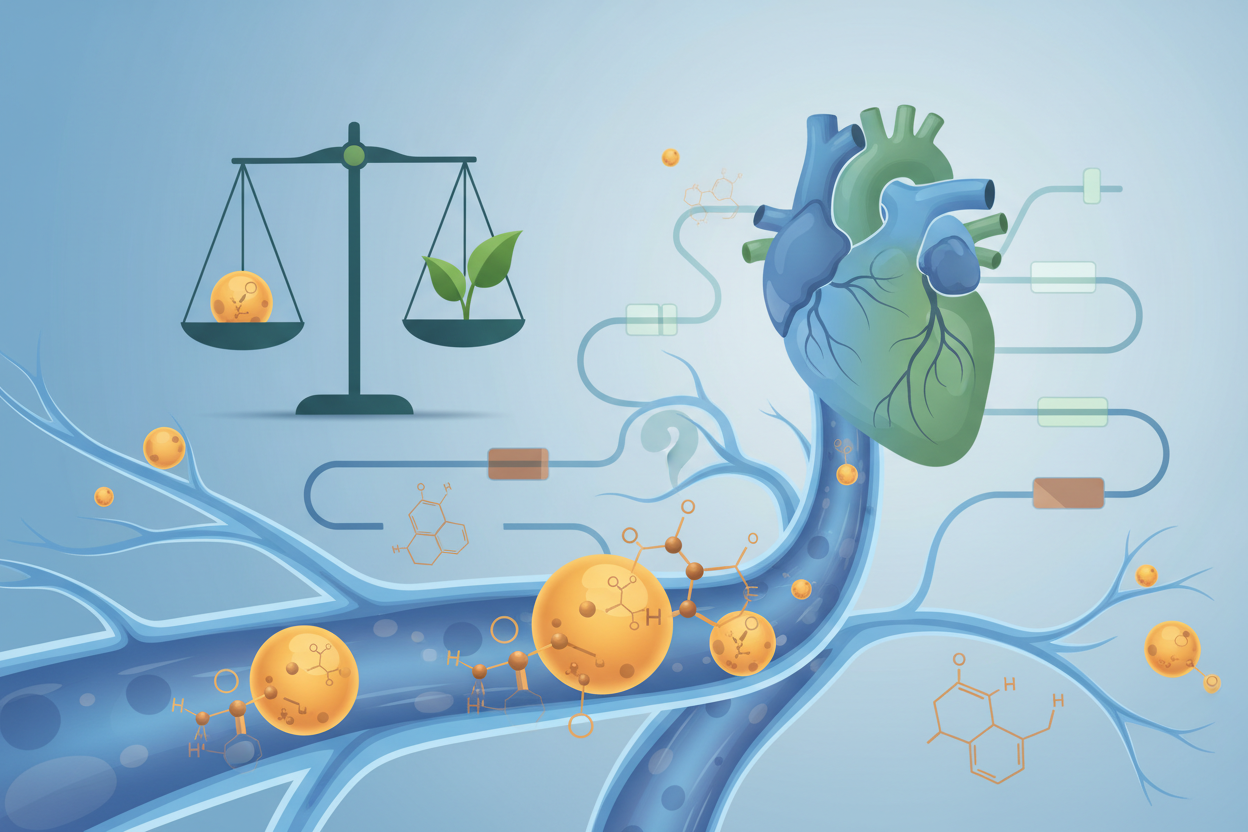
Photobiomodulation (PBM): how red and NIR light suppress inflammation
What is photobiomodulation?
Photobiomodulation (PBM), formerly known as low-level laser therapy (LLLT), uses red and near-infrared light to stimulate healing, relieve pain, and suppress inflammation . The primary absorption molecules are cytochrome c oxidase in mitochondria, then further calcium ion channels or descriptions. Subsequently, ATP increases, ROS and nitric oxide rise short-term, and signaling pathways of cell proliferation and survival change .
Biphasic effect
PBM responds to the dose in a "biphasic" manner: small doses of light stimulate, higher doses can have an inhibitory or opposite effect. For this reason, precise dose setting (in J/cm²) is crucial.
How PBM reduces inflammation
-
In normal cells, it transiently stimulates ROS, which activates factors such as NF‑κB, supporting repairs.
-
In cells under oxidative stress then ROS is falling, inflammatory activation and cytokine levels are reduced .
-
Observed direction: reduction of pro-inflammatory markers (e.g., prostaglandins, RNS), change in macrophage phenotype between M1 and M2.
Application in practice
PBM shows strong anti-inflammatory effects in animal models and clinical studies:
-
joints, injuries, lung diseases, and even brain injuries.
-
In macrophages, the pro-inflammatory M1 phenotype decreases.
-
commonly achieves a reduction in oxidative stress, swelling, and improvement in healing.
Specific examples of use
-
Sports Medicine: use of PBM to accelerate muscle recovery and reduce inflammation after exercise.
-
Dermatology, back pain, neuropathies: visible alleviation of symptoms due to anti-inflammatory effects .
-
Eye treatment: protection against inflammatory conditions of the retina in retinal diseases, reduction of cell death, and support of ATP production .
Perspective for the future
-
Purpose optimal doses and wavelengths for various tissues and conditions.
-
Detailed clinical trials in patients with chronic inflammatory diseases (arthritis, autoimmune diseases).
-
Consistent adherence biphasic mode: to prevent an ineffective or harmful dose.
Summary
The study confirms that red and NIR light through PBM:
-
Activates cytochrome c oxidase – increases energy (ATP).
-
Regulates ROS and NF‑κB so that has a dual function: supports repair in normal cells and suppresses inflammation in stressed ones.
-
In the result significantly reduces inflammation and contributes to healing in a number of tissues and diseases.
PBM as a minimally invasive, safe technology represents a significant potential therapeutic approach for inflammatory and degenerative diseases – from sports injuries to chronic conditions or neurodegenerations.
link to the study:https://pmc.ncbi.nlm.nih.gov/articles/PMC5523874/



Leave a comment
This site is protected by hCaptcha and the hCaptcha Privacy Policy and Terms of Service apply.